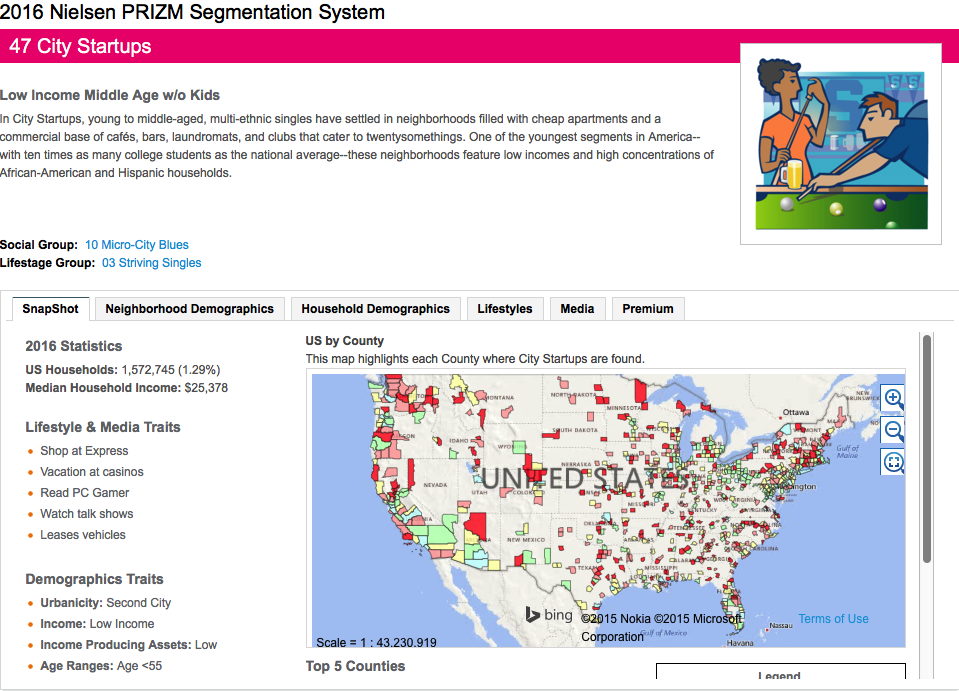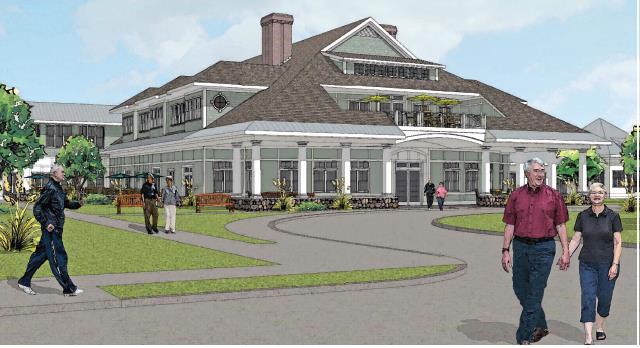Last week, we wrote about the importance of timing marketing research for blue-sky projects. We touched upon focus groups timing, particularly working backward from when you’d like to launch your senior living or 55+ community. This week, we’re focusing on the HOW with focus group do’s and don’ts of successful market research.
At Creating Results, we view focus groups as a soft-launch into the marketing of your blue-sky project. Why? Because, if done correctly, the people you have sitting in the room are those who could potentially be residents once the community is built.
From our experience, and that of some of our clients, there are ways to hit or miss the mark. Here are the top 5 focus group do’s and don’ts that we have had over the years.
The Do’s and Don’ts of Focus Groups
1. Do make sure you’re attracting potential buyers, not just people in your target demographic who aren’t interested in the product itself. Focus on getting the perspective of real people who might live in the community in the future.
To begin targeting your audience, look at the feasibility study you and your team have done. You’ll often find a treasure trove of market research information included there. It will typically identify the zip codes in your primary market area (PMA), the ages of the people living in that area, their household values and income.

It’s also helpful to look at Nielsen data which provides even more detail on your PMA, and can drill down to even the minute data of their spending habits, brands they like and more. Once you’ve identified your audience and gained insights into their behaviors, you can begin promoting your VIP list. It’s this select group of people ― combined with any existing prospects or waiting list ― who you can tap for market research.
2. Do structure the sessions in a way that enables you to obtain the information you need while maintaining or improving the market’s perception of your brand. Remember that the location, materials and even the food provided are a representation of your brand, especially in the absence of a tangible product. All of these items should reflect the brand and lifestyle of your potential project.
In terms of location, the ideal setting would be a market research facility. These locations come equipped with one-way mirrors and video capabilities, enabling the focus group attendees to feel comfortable opening up and expressing their opinions without feeling as though they have the CEO or marketing team judging their answers.
3. Don’t ask about topics you can’t or won’t change. For example, don’t ask if participants want underground parking if you’re unable to offer it. Be careful to test a product you’re excited about that’s competitively positioned and you can successfully bring to market.
We often see this being a challenge when preparing for focus groups and recommend taking a hard look at the questions, what you are testing and what you’ll change as a result of the response. Giving attendees the perception they can influence a feature that’s set in stone may create disappointment down the line.
4. Don’t forget to provide an incentive for the participants. The incentive you offer should be commensurate with your brand, target market and participant time required. An example is a $50 gift card for either a generic shopping experience or to a local restaurant. The latter can help those less familiar with the immediate area become more connected to your future community’s neighborhood.
5. Do include marketing materials, such as renderings, floor plans, pricing, a charter program and anticipated timing. It’s OK to keep things general early on. Show just enough to test and entice!

Get in Touch
So, if you’ve been following our blogs for the past couple of weeks and are thinking about expanding your community and want to hear more from us about market research and blue-sky marketing, please do not hesitate to contact us. We’d love to hear what your plans are and see how we can help make it successful!



